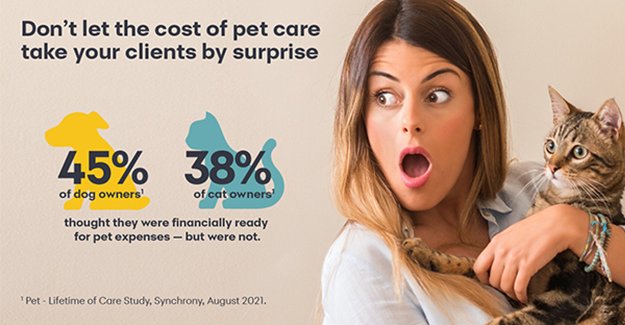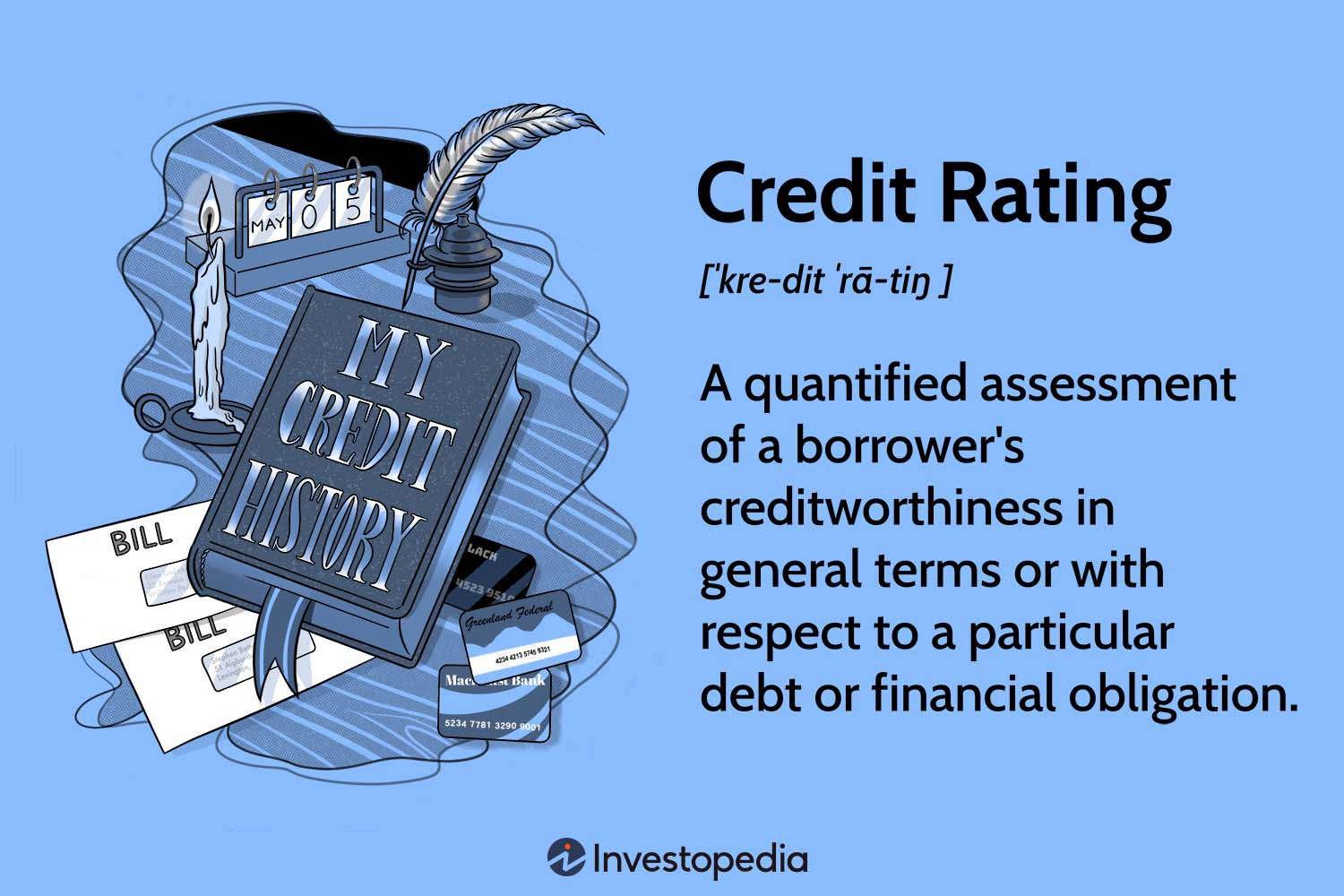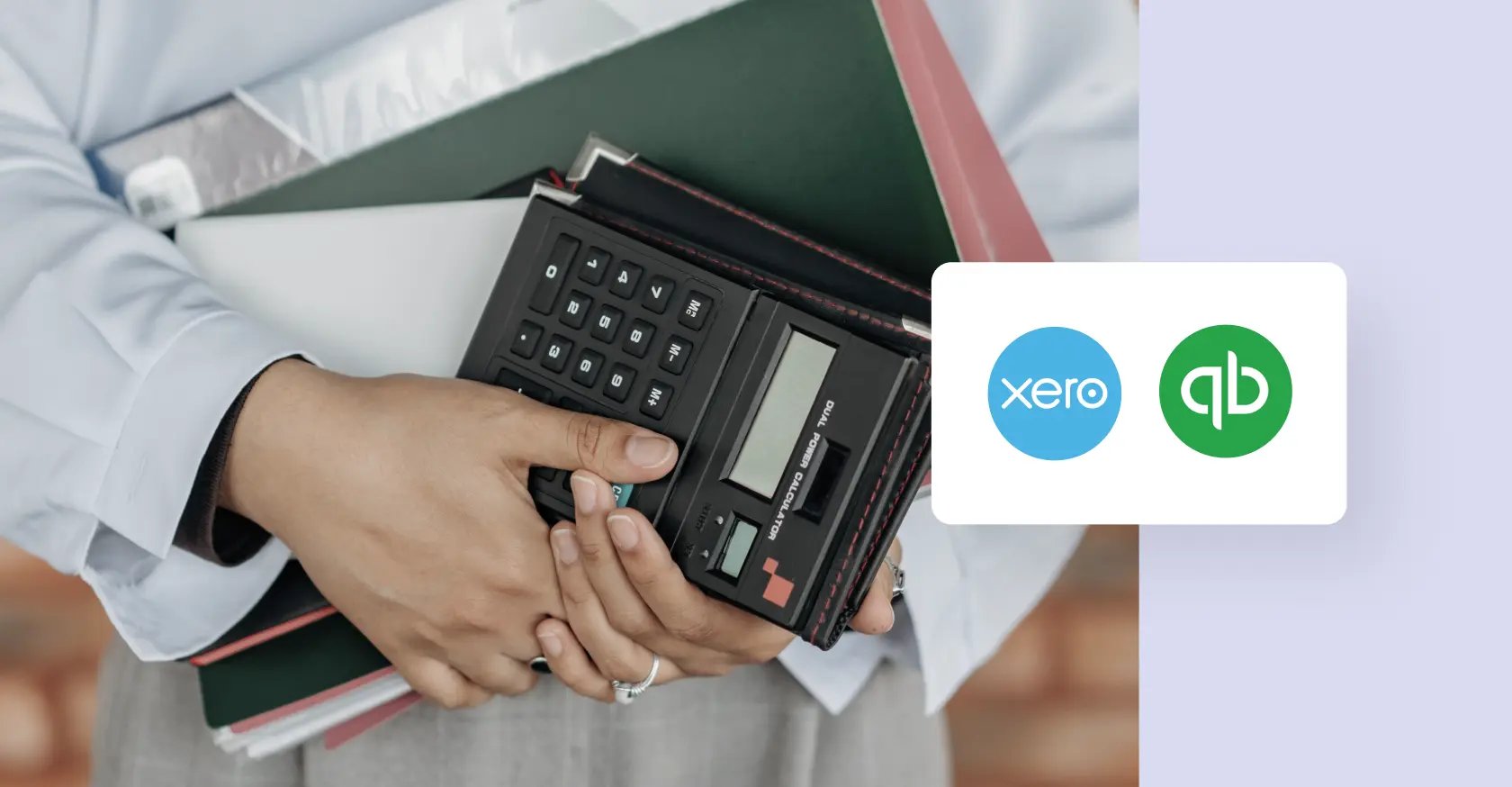Are you considering bringing a furry friend into your life? Well, before you unleash the joy of pet ownership, it’s crucial to prepare yourself financially. Owning a pet is a wonderful experience, but it does come with its fair share of expenses. From food and veterinary care to toys and grooming, the costs can add up quickly. But don’t worry, we’ve got you covered! In this article, we’ll guide you on how to financially prepare for pet ownership, ensuring that you can provide your new companion with the love and care they deserve, without breaking the bank. So, let’s dive right in!
How to Financially Prepare for Pet Ownership
Pets bring joy, companionship, and countless memorable moments to our lives. However, being a responsible pet owner requires more than just love and affection. It also involves financial commitment and preparation. From routine expenses like food and grooming to unexpected veterinary bills, pet ownership can come with various costs. To ensure you can provide the best care for your furry friend without compromising your finances, it’s essential to plan ahead. In this guide, we’ll explore the key steps you can take to financially prepare for pet ownership.
1. Research the Costs
Before bringing a pet into your home, it’s important to research and understand the costs associated with that particular species or breed. Different pets have different needs and expenses. For example, while cats are generally less expensive than dogs, certain breeds may require special dietary needs or more frequent grooming. Consider the following expenses and factor them into your budget:
- Initial adoption or purchase fees
- Vaccinations and preventive medications
- Spaying or neutering
- Microchipping
- Food and treats
- Grooming supplies
- Bedding and toys
- Litter and litter boxes (for cats)
- Training and behavior classes (for dogs)
- Pet insurance
- Regular veterinary check-ups and medications
- Emergency veterinary care
- Boarding or pet-sitting services
2. Create a Pet Budget
Once you have an idea of the potential expenses, it’s time to create a pet budget. This will help you allocate funds specifically for your pet’s needs and ensure you can comfortably cover their expenses without straining your finances. Consider the following steps when creating your budget:
- Calculate your monthly income and subtract your essential expenses (such as rent, utilities, groceries, and debt payments).
- Estimate the monthly costs associated with owning a pet based on your research.
- Determine how much you can comfortably allocate towards your pet’s expenses without compromising your ability to save or meet other financial goals.
- Set up a separate savings account or envelope to hold the funds for your pet’s expenses.
- Monitor your pet’s expenses regularly and adjust your budget as needed.
3. Save for Emergency Expenses
Pet emergencies can happen at any time and often come with unexpected costs. To protect yourself from financial strain, it’s crucial to have an emergency fund specifically designated for your pet. Consider the following tips to save for emergency expenses:
- Set aside a portion of your monthly budget for the emergency fund.
- Consider automating your savings by setting up an automatic transfer from your checking account to your pet’s emergency fund.
- Research pet insurance options. While it may not cover all expenses, having insurance can help reduce the financial burden of unexpected veterinary bills.
- Explore options for pet-specific credit cards or lines of credit that offer flexible payment plans for emergency expenses.
4. Prioritize Preventive Care
Preventive care is a crucial aspect of responsible pet ownership. By staying proactive and addressing potential health issues before they become major problems, you can save money on expensive treatments and ensure your pet’s well-being. Consider the following preventive care measures:
- Schedule regular veterinary check-ups. These visits help monitor your pet’s overall health and catch any potential issues early on.
- Keep up with vaccinations and preventive medications, such as flea and tick treatments, heartworm preventives, and deworming.
- Maintain good oral hygiene for your pet to prevent dental issues.
- Provide regular exercise and a balanced diet to promote overall health and prevent obesity-related conditions.
- Spay or neuter your pet to avoid potential health complications and unwanted litters.
5. Consider DIY Approaches
While it’s important to prioritize your pet’s well-being, there may be certain areas where you can save money by taking a DIY approach. However, it’s essential to assess your skills and consider safety before attempting any do-it-yourself solutions. Here are a few areas where you could potentially cut costs:
- Grooming: Depending on your pet’s breed and coat type, you may be able to handle basic grooming tasks at home, such as brushing and bathing. However, certain breeds may still require professional grooming.
- Training: With time and patience, you can train your pet basic commands and manners at home. There are also plenty of free online resources and books available to help guide you through the process.
- Home-made treats and toys: Instead of purchasing expensive store-bought treats and toys, consider making your own using safe and pet-friendly ingredients.
6. Explore Community Resources
Communities often have resources and services available to help pet owners with financial constraints. Research local organizations, shelters, and non-profits that offer assistance programs or discounted services. These resources can range from low-cost vaccination clinics to food banks for pets. Additionally, some veterinary clinics may offer payment plans or financial assistance for pet owners facing unexpected financial challenges.
7. Consider Pet-Specific Savings Accounts or Insurance
To streamline your pet’s financial expenses and ensure you’re adequately prepared, consider opening a pet-specific savings account or investing in pet insurance. These options can help you better manage your pet’s finances and provide peace of mind in case of unexpected expenses. Compare different savings accounts and insurance plans to find the best fit for your needs and budget.
8. Regularly Review and Adjust Your Financial Plan
As your pet’s needs change over time, so should your financial plan. It’s important to regularly review your budget, emergency fund, and overall financial situation to ensure you’re still adequately prepared to meet your pet’s needs. Life events, such as moving, changes in income, or the addition of another pet, can all impact your budget. By staying proactive and adjusting your financial plan accordingly, you can ensure your pet continues to receive the care they deserve.
By taking the time to research, budget, and plan for potential expenses, you can confidently welcome a furry friend into your life. Financially preparing for pet ownership ensures you can provide the love, care, and support your pet needs while maintaining your own financial well-being. Remember, being a responsible pet owner extends beyond the emotional connection – it also involves being financially responsible.
Financial Assistance for Pet Owners
Frequently Asked Questions
Frequently Asked Questions (FAQs)
1. How much does it cost to own a pet?
When financially preparing for pet ownership, it’s important to consider the expenses involved. The cost of owning a pet varies depending on the type of pet, its size, and specific needs. Initial expenses may include adoption fees, vaccinations, spaying/neutering, and microchipping. Ongoing costs typically include food, grooming, toys, bedding, and regular veterinary care. It’s also wise to budget for unexpected medical expenses and pet insurance if desired.
2. What are some key budgeting tips for pet ownership?
Proper budgeting can help ensure you’re financially prepared for owning a pet. Start by estimating the monthly costs of food, supplies, and routine veterinary care. Set aside an emergency fund for unexpected expenses. Consider purchasing pet insurance to help cover potential medical bills. Additionally, prioritize preventive care such as vaccinations and regular check-ups to avoid more costly treatments in the long run.
3. How can I save money on pet supplies?
There are several ways to save money on pet supplies. Look for deals and discounts at local pet stores or online retailers. Consider buying in bulk or subscribing to automatic delivery services for commonly used items like food and litter. Take advantage of loyalty programs and rewards offered by pet supply retailers. You can also consider making DIY toys and bedding or repurposing household items to save on costs.
4. Are there any tax deductions or financial assistance options available for pet owners?
While pet-related expenses are generally not tax deductible, some exceptions may apply. For example, if you have a service animal, some costs associated with their care may be eligible for tax deductions. Additionally, there may be local or national organizations that offer financial assistance programs for pet owners in need. Research and inquire about such options in your area.
5. Should I consider pet insurance?
Pet insurance can be a valuable financial tool for pet owners. It helps offset the cost of unexpected veterinary bills, ensuring your pet receives necessary medical care. Before purchasing a policy, carefully consider the coverage options, deductibles, and exclusions. Evaluate your budget and the specific needs of your pet to determine if pet insurance is a worthwhile investment for you.
6. How can I find an affordable and reliable veterinarian?
Finding an affordable and reliable veterinarian takes some research. Start by seeking recommendations from friends, family, or local pet owner communities. Compare prices and services offered by different veterinary clinics in your area. Consider scheduling a consultation or asking if there are any discounted rates for routine care. Take into account the clinic’s reputation, the qualifications of the staff, and the overall level of care provided.
7. How can I handle unexpected veterinary expenses?
Unexpected veterinary expenses can be financially challenging. To prepare, consider setting up an emergency fund specifically for pet-related expenses. Look into financing options offered by veterinary clinics or consider applying for a low-interest credit card that can be used for veterinary bills. It’s also helpful to discuss payment plans or options with your veterinarian in advance to avoid financial stress during emergencies.
8. Are there any cost-saving tips for pet healthcare?
To save money on pet healthcare, consider preventive measures. Regularly brush your pet’s teeth to avoid costly dental procedures. Keep your pet at a healthy weight to reduce the risk of obesity-related health issues. Ensure they receive regular exercise and mental stimulation to prevent behavioral problems that may require professional intervention. Prioritize their overall wellbeing through a balanced diet and proper grooming, which can help prevent certain medical conditions.
Final Thoughts
In conclusion, preparing for pet ownership is not just about the emotional and physical aspects, but also the financial ones. To ensure a comfortable and fulfilling life for your furry friend, it is crucial to plan ahead and be aware of the expenses involved. Start by setting up a budget that includes costs such as food, grooming, vet visits, vaccinations, and pet insurance. Researching and comparing prices of pet supplies and services can help you find the best deals. Additionally, considering unexpected medical expenses and saving for emergencies is essential. By taking these steps and being financially prepared, you can provide a loving and stable environment for your pet. So, when it comes to how to financially prepare for pet ownership, remember to plan, budget, and save.



